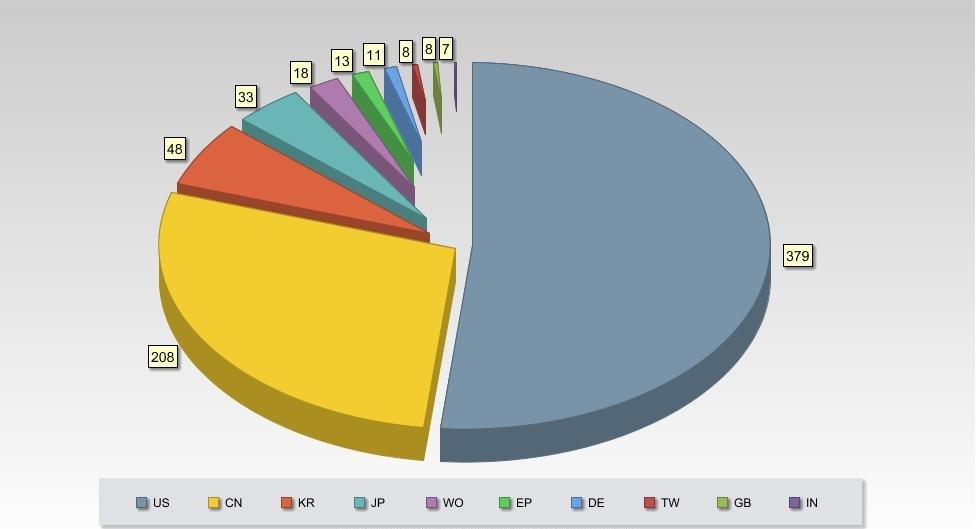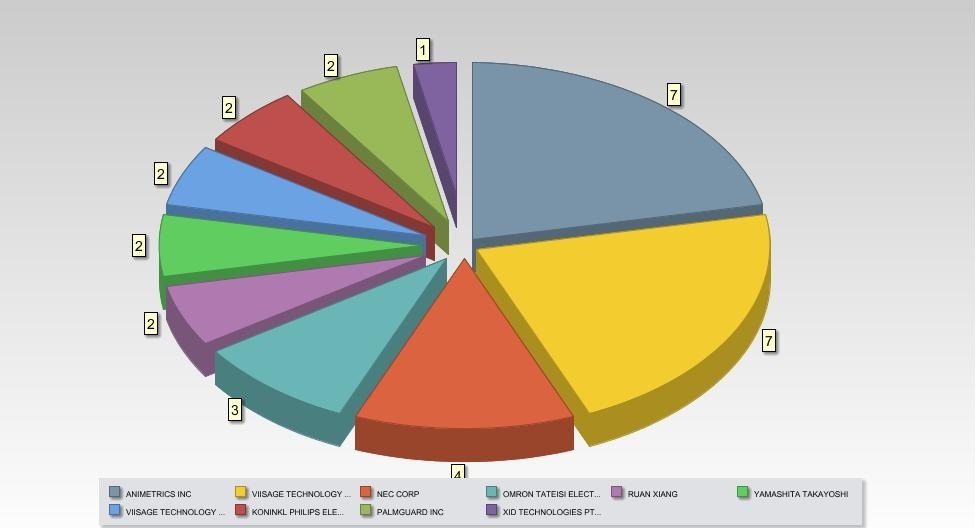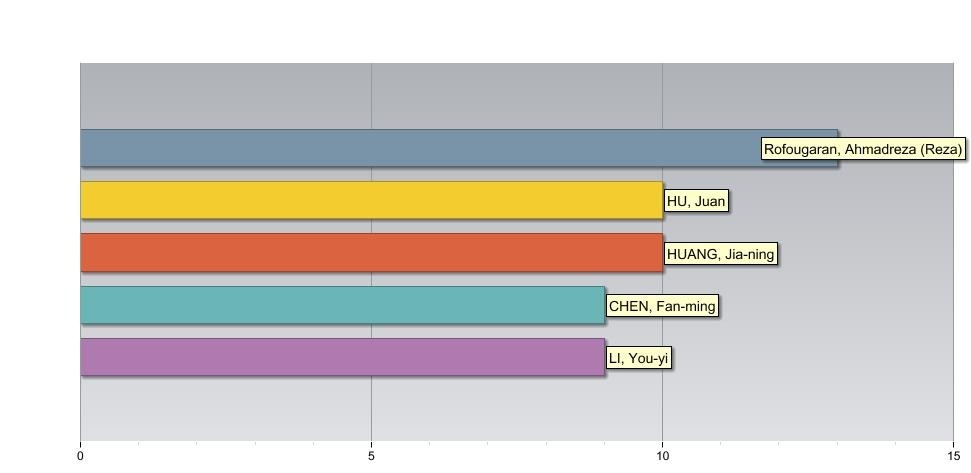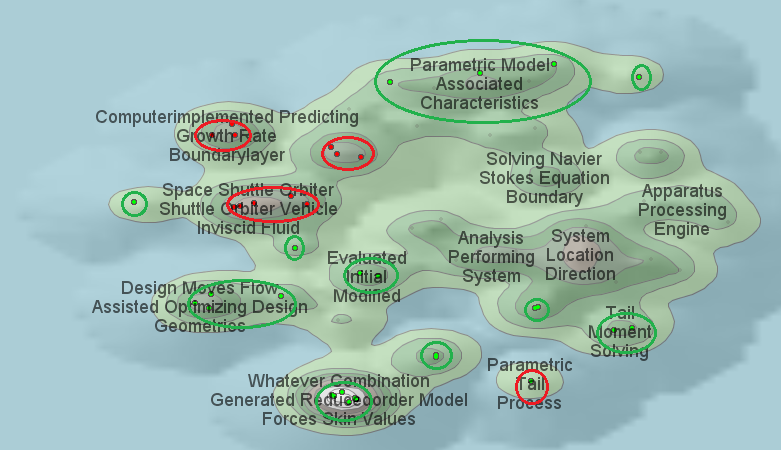Patent landscapes for startups

Patent landscapes are very difficult to prepare, unrealistically difficult. Dozens of hours spent searching for information, tremendous experience in the field of IP, expensive access to numerous data sources and tools, plus good technical and legal training. And the question arises: why is it even necessary? And then the gloom ...
After reading these difficulties, you probably really depressed. However, these difficulties are mostly incorrectly perceived and should not primarily affect the decision to create, and then analyze the patent landscape.
A patent landscape is a report on the status of patent activity in a particular technology in a given country, region or world. Usually, the submarine begins with a study of the level of technology from the search for information about the means of the same purpose as the solution or technology in question that is published in accessible databases in the world. The search results are then analyzed to give answers to a number of issues typical for PL, for example, who does what, who patents, or when identifying trends in innovations, various solutions to a technical problem, searching for joint development, etc. The main distinctive feature of PL is the visualization of results for the purpose of their better understanding, and also visualization of conclusions and recommendations based on the conclusions of search and analysis.
The investor should understand the essence of your technical solution, you need information about it "in the palm of your hand." What to invest money. At the very least, the information should be enough to understand what questions you have to ask as experts, to find ways to develop, suggest or help improve the business model. An investor does not always have a higher technical education, and even if he does, it is sometimes quite difficult to understand in detail the essence of a technical solution and assess its potential by working with technical documentation. It is long and difficult. A person needs analytics and graphics.
Interestingly, the reality now in IP is that the press makes a lot of hype around patents and lawsuits about patent wars and trolls. They constantly write about fabulous sums, but so far no one has calculated the real costs due to a “mistake of inaction”, in which start-ups simply do not have sufficiently good information to quickly make a decision in the IP and identify opportunities. With the right information, it is easier to ask the right questions in a timely manner, or to miss the market where it is going.
The goal of the research may be to discuss company policy, strategic research planning or technology transfer.
What can be understood and undertaken by analyzing the patent landscape?
1. To identify the leading countries in which they are engaged in research in the analyzed area.
For example, you are developing an exoskeleton in Russia. As a result of the research, collect a lot of useful data on the effectiveness of the use of exoskeletons for medical purposes for the rehabilitation of people with diseases of the musculoskeletal system and disorders of locomotor functions, constantly improving your device. And you want to understand, and in which countries are the developments concentrated? Maybe in the journals of these countries it is worth trying to publish or to cooperate with experts, or maybe find investors.

')
Markets of the countries found are perceived by companies as a priority. Inventive activity in these countries reflects the market strategy of companies seeking to monopolize their IP in these countries. The degree of interest of companies in the market of each individual country is proportional to the number of documents published in this country.
2. Identify companies with key technologies in the area of interest and their relative strengths of IP.
Suppose that you are developing biometric technologies that are actively used in areas related to ensuring the security of various objects, with access to information and material objects, as well as in the tasks of unique identification of an individual. Moreover, the main field of activity is cooperative biometric methods (requiring the interaction of the identification system and a person, for example, recognition by the iris of the eye, by fingerprint, etc.).

It must be borne in mind that not all patent sources in this area are reflected in these diagrams and a graphical analysis was carried out on a pre-selected pool of patents that was prepared using a set of terms and regular expressions in a specific area of interest.
The pie chart in the figure is divided into sectors of different colors depending on the applicant / patent owner. The size of the sector is determined by the number of applications for obtaining patents and patents in which the indicated applicants / patent holders are present. This chart allows us to conclude which companies or organizations are interested in and most actively develop the analyzed technology.
3. Identify the inventors who are most active in the direction.
Imagine that you are developing a product that is a web alternative to standard application packages for working with documents without the need for installation on a personal computer. Users are given the opportunity to work using the web client, as well as through mobile applications for iOS and Android platforms. And you want to know inventors who are quite productive in this area. Obviously, it will not be possible to find everyone, but you can get some statistics. This information is taken from both patent and non-patent sources. Who knows, maybe you will be among them.

The diagram in the figure includes horizontal columns of different colors depending on the inventor. The size of the column is determined by the number of applications for patents, patents and publications in which these inventors are present.
4. To find white areas that are not sufficiently covered by patents, in which there is an opportunity to develop in terms of IP.
Imagine again that you are developing a software product that is designed for multipoint design and analysis of aircraft, taking into account design parameters and design constraints in a wide range of flight conditions and geometric complexity of aerodynamic configurations, and aerodynamic design technology based on it.

The map allows you to see how close to each other are the patent documents of various patent holders and how they are distributed along the lines of technological development.
The map contains patent documents of 2 companies, which occupy the first and second place in the list of leading patent holders. It is worth noting that the Airbus company develops the largest number of areas of technology development.
In fact, I showed only a small part of the possibilities. You can also find top leading magazines, IPC indexes, licensors, etc.
I hope that you are inspired and try to prepare the landscape yourself.
In preparing this article, we used the Thomson Innovation tool, which is a terrific assistant in preparing the landscape. But there are many tools that offer the same features. True, the analogs of everything works quite crookedly or the analytics is not so beautiful and useful.
It must be remembered that the key to creating a patent landscape is precisely the stage of data selection. Good analytics is based on good data. In this regard, some information systems for visualizing patent information are tied to specific databases of patents and patent applications, automating the collection of necessary data.
Source: https://habr.com/ru/post/296580/
All Articles